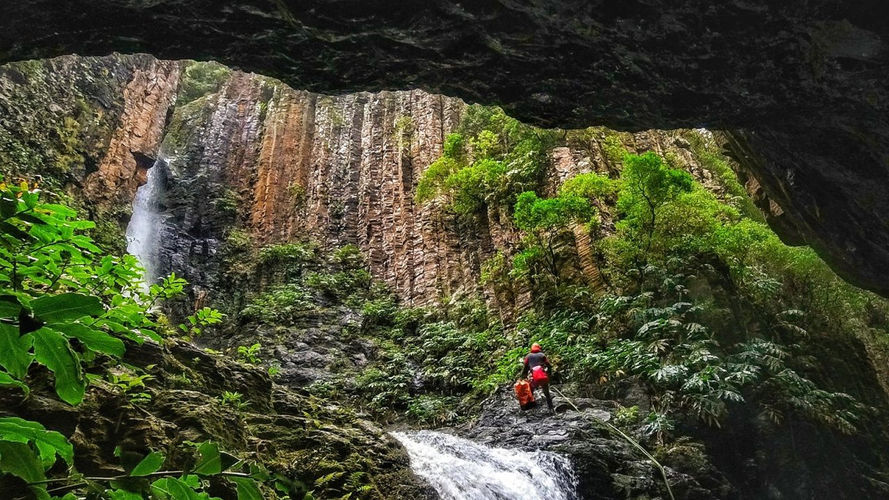
Azores
The Azores, Portugal
Adventure is worthwhile in itself.
- Amelia Earhart -
The expression “nature is all around you”' truly comes in place when describing the Azores. The bio and geodiversity, together with the islands' traditions and cultures really makes it an exceptional destination for the true adventurer.
All the nine islands of the Azores Archipelago are volcanic origin and are located in the North Atlantic, scattered along a 600 kilometres stretch of ocean from Santa Maria to Corvo. The long lists of natural parks, areas of protected landscape, protected fauna and flora species, forest reserves, geolandscapes, and sites with geological interest guarantee the preservation of a priceless natural legacy. Along with the archipelagos of Madeira, Canary Islands and Cape Verde, constitute the biogeographic region of Macaronesia meaning the fortunate islands.
The archipelago’s unique location in the north of the Atlantic ocean, in a transition zone between nutrient-rich currents from the north and the warm waters of the Gulf stream, that turns this group of islands into a true sanctuary for a large and varies number of marine species. When diving in the Azorean crystalline waters you may be surrounded by devil rays, manta rays, whale sharks, sperm whales, agile blue sharks or many other species. With mild waters and amazing visibility this is a true oasis of Atlantic marine life.
The roots of the Azores are found upon 1766 volcanoes, nine of which are still active. Join our canyoning specialists, descend underground and explore the hundreds of volcanic cavities, caves and ravines. This magnificent geo landscape is filled with dry calderas, craters lakes, fumaroles and thermal water springs. Also underwater you will find submarine geothermal springs. Challenge yourself and climb the highest peak in Portugal and the third biggest volcano in the Atlantic, Mount Pico with 2351 meters in elevation. Take some time to relax on the hot springs and taste Portugal’s most unique dish, a special stew slow-cooked underground by volcanic heat. This is undoubtedly a once-in-a-lifetime experience.
.png)













